DIY Mosquito Repellent Oil and Bug Bite Salve

There have been many wonderful evenings this past summer but now when the nights are coming earlier and earlier, the mosquitoes have become a few too many for my taste. Then it is a relief to have a little bottle of an all-natural mosquito repellent oil that keeps the little bloodsuckers away. Most mosquito repellents that you find in the stores contain substances that I at least prefer not to use on my skin. To mix up your own mosquito repellent oil is easy. Just drop some mosquito repellent essential oils in a carrier oil and you're good to go. There are several essential oils that have mosquito repellent properties. We are talking about oils that contain either para-menthane-3,8-diol, citral, citronellol, geraniol or eugenol. Some of these are, however, very volatile but the mosquito repellent property is prolonged when you mix the essential oil in a carrier oil. See the list of essential oils that have scientifically proven mosquito repellent properties. When mixing essential oils you should also consider blending oils that smell nice together and to include oils that represent top, base and middle note to get a more complete fragrance.
Usually, you realize that putting on some mosquito oil is a good idea when they are already swarming all around you and you can't take it any longer :) Then an effective bug bite salve can come in handy to quickly ease the itching.
Using oil and wax, a salve is easily mixed up. I chose to make my bug bite salve vegan by using carnauba wax instead of beeswax, but if you prefer beeswax, use the double amount. To get the itch-soothing effect you use oils and essential oils that have an anti-inflammatory effect on the skin. I used chamomile oil, which is an oil infused with anti-inflammatory German chamomile flowers and baobab oil that has a calming effect on the skin. If you don't have these oils you can, of course, use another carrier oil like good quality, cold-pressed rapeseed oil. I then added essential oils with anti-inflammatory and itch-soothing properties.
Mosquito Repellent Oil
10 ml roller bottle
8g Jojoba oil or some other carrier oil
5 drops Lemon eucalyptus EO (Eucalyptus citriodora) - top note. Mosquito repellent, anti-inflammatory, pain-relieving, antiseptic
1 drop Frankincense EO (Boswellia carterii) - base note that mixes well with lemon scents and lavender. Anti-inflammatory and healing properties.
2 drops Lavender EO (Lavendula angustifolia) - top/middle note. Mosquito repellent, itch-soothing and pain-relieving
2 drops Tea tree EO (Malaleuca alternifolia) - top note. Relieve bug bites, eases itching and mixes well with lemon eucalyptus and lavender
Bug Bite Salve
A small jar (20g)
8 g shea butter
3 g carnauba wax
5 g Baobab oil - anti-inflammatory
4 g Chamomille oil - oil infusion of german chamomile (Matricaria recutita) - anti-inflammatory
2 drops Lavender EO (Lavendula angustifolia) - top/middle note. Mosquito repellent, itch-soothing and pain-relieving
2 drops Frankincense EO (Boswellia carterii) - base note that mixes well with lavender. Anti-inflammatory and healing properties.
2 drops Tea tree essential oil EO (Malaleuca alternifolia) - top note that mixes well with lavender. Relieves bug bites, eases itching.
Melt the carnauba wax and shea butter in a double boiler. Remove from heat and add the baobab oil, chamomile oil and the essential oils. Stir until the mixture starts to thicken to avoid the shea butter getting grainy. Done!
Johanna


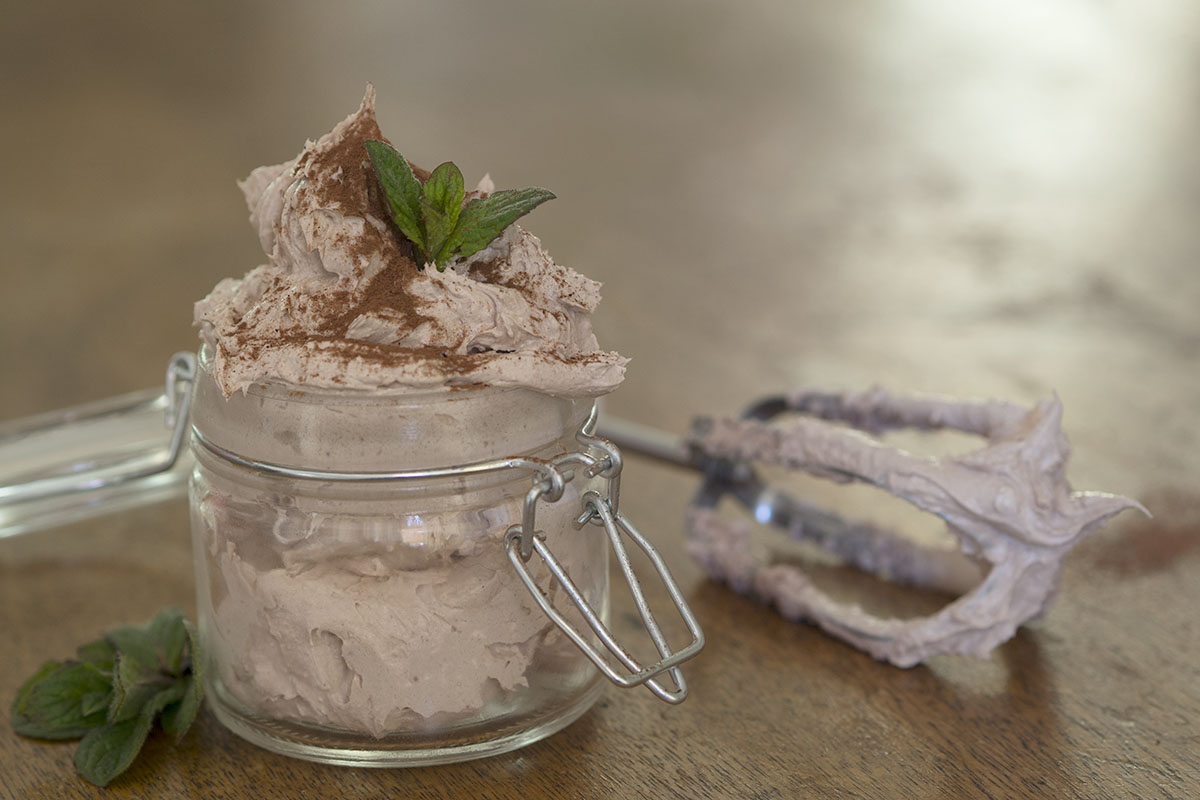

 Last weekend brought the most amazing autumn weather and we decided to go mushroom hunting in the nearby forest. Along for the walk came Java, my parents dog, always happy for a possibility to run free in the woods. It felt great being out of the city for the weekend, to be out in nature breathing clear autumn air. As an added bonus we found more mushrooms than we could possibly bring with us. Without even searching, we filled our baskets with black trumpet mushrooms.
Last weekend brought the most amazing autumn weather and we decided to go mushroom hunting in the nearby forest. Along for the walk came Java, my parents dog, always happy for a possibility to run free in the woods. It felt great being out of the city for the weekend, to be out in nature breathing clear autumn air. As an added bonus we found more mushrooms than we could possibly bring with us. Without even searching, we filled our baskets with black trumpet mushrooms.
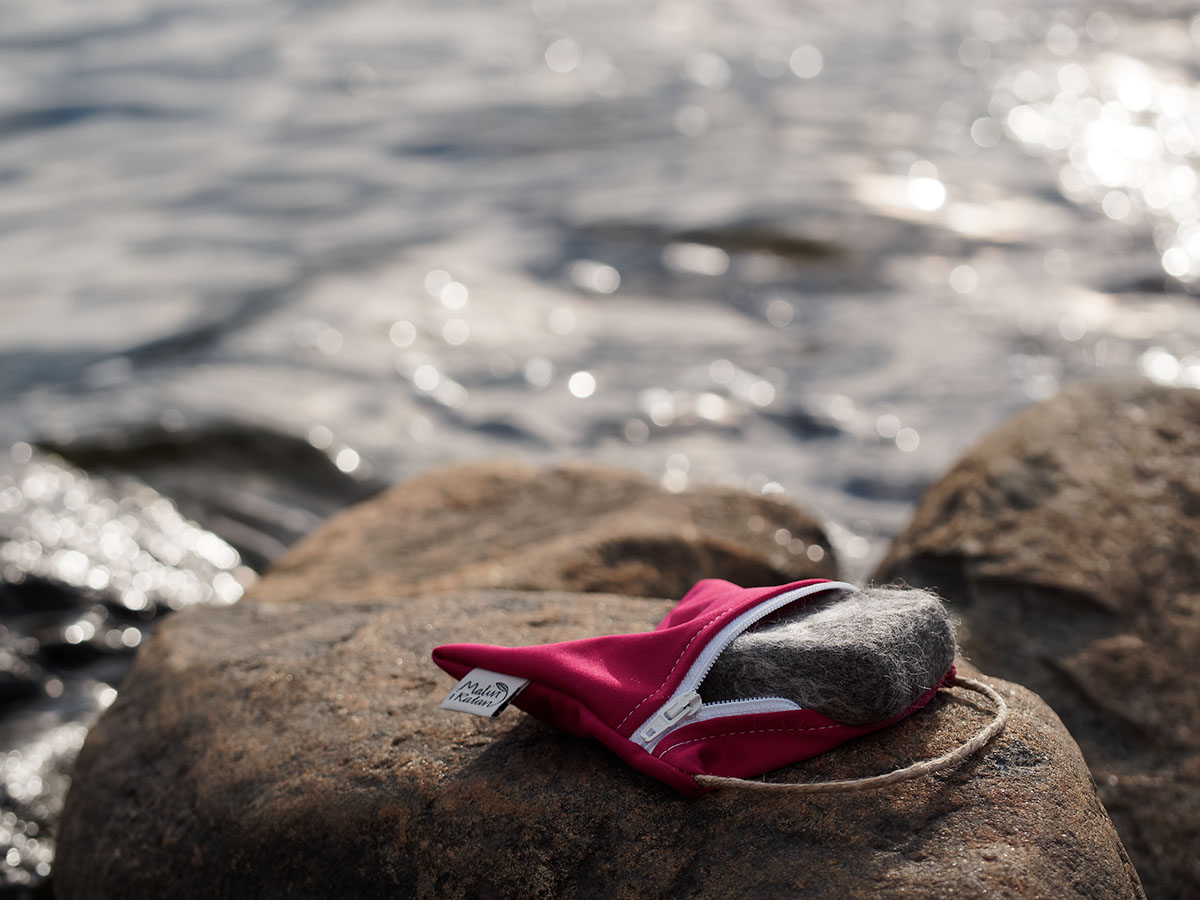 When I visited "Malin i Ratan" this summer, I couldn't help bringing one of her
When I visited "Malin i Ratan" this summer, I couldn't help bringing one of her  We love raspberry seed oil! It's an absolutely wonderful facial oil, rich in tocopherols, carotenoids and a bunch of other antioxidants. However, there has evolved an unfounded belief that this oil contains sun protection properties superior to many commercially developed sunscreens and you can often read on blogs and social media that raspberry seed oil has an inherent sun-protection factor as high as SPF40. It would be truly amazing if this were true, however, we have looked everywhere. There is NO scientific evidence that supports these statements. We also did
We love raspberry seed oil! It's an absolutely wonderful facial oil, rich in tocopherols, carotenoids and a bunch of other antioxidants. However, there has evolved an unfounded belief that this oil contains sun protection properties superior to many commercially developed sunscreens and you can often read on blogs and social media that raspberry seed oil has an inherent sun-protection factor as high as SPF40. It would be truly amazing if this were true, however, we have looked everywhere. There is NO scientific evidence that supports these statements. We also did 

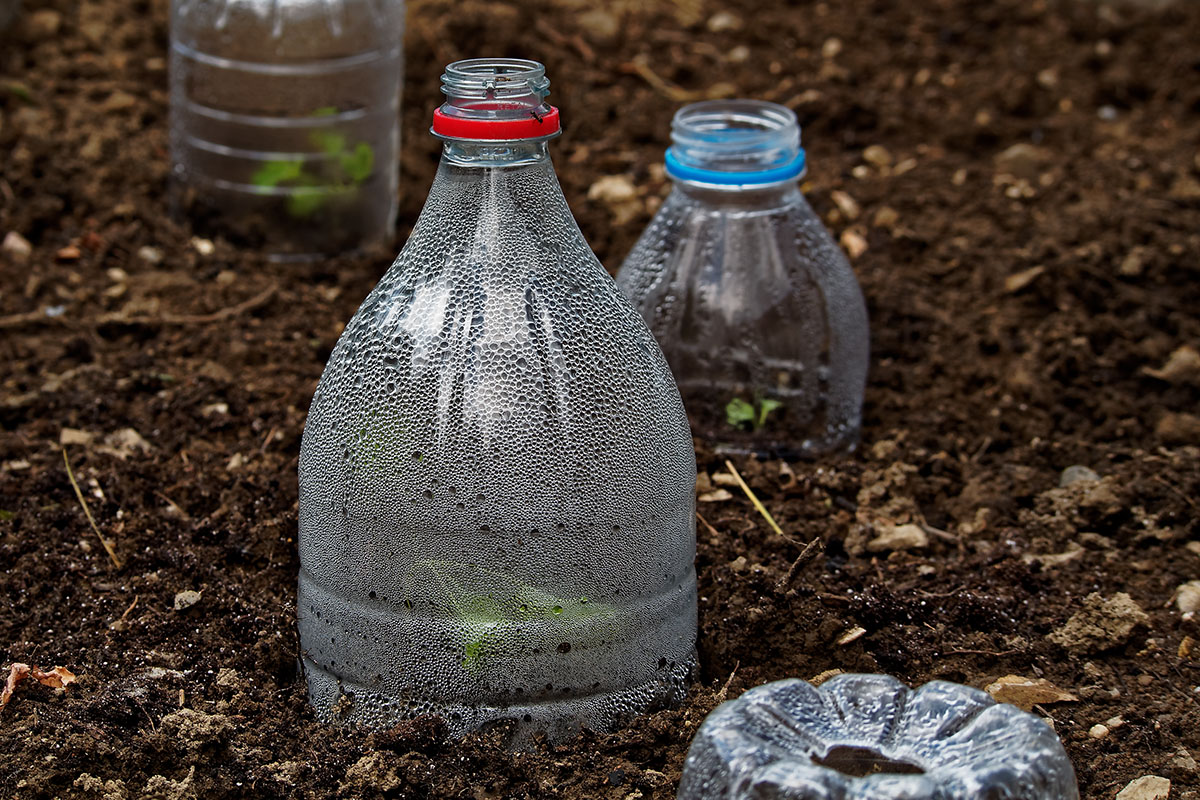 The baby-kale plants are growing fine in their mini-greenhouses of upcycled PET-bottles in spite of night temperatures closer to 0ºC here in the French Alpes.
The baby-kale plants are growing fine in their mini-greenhouses of upcycled PET-bottles in spite of night temperatures closer to 0ºC here in the French Alpes.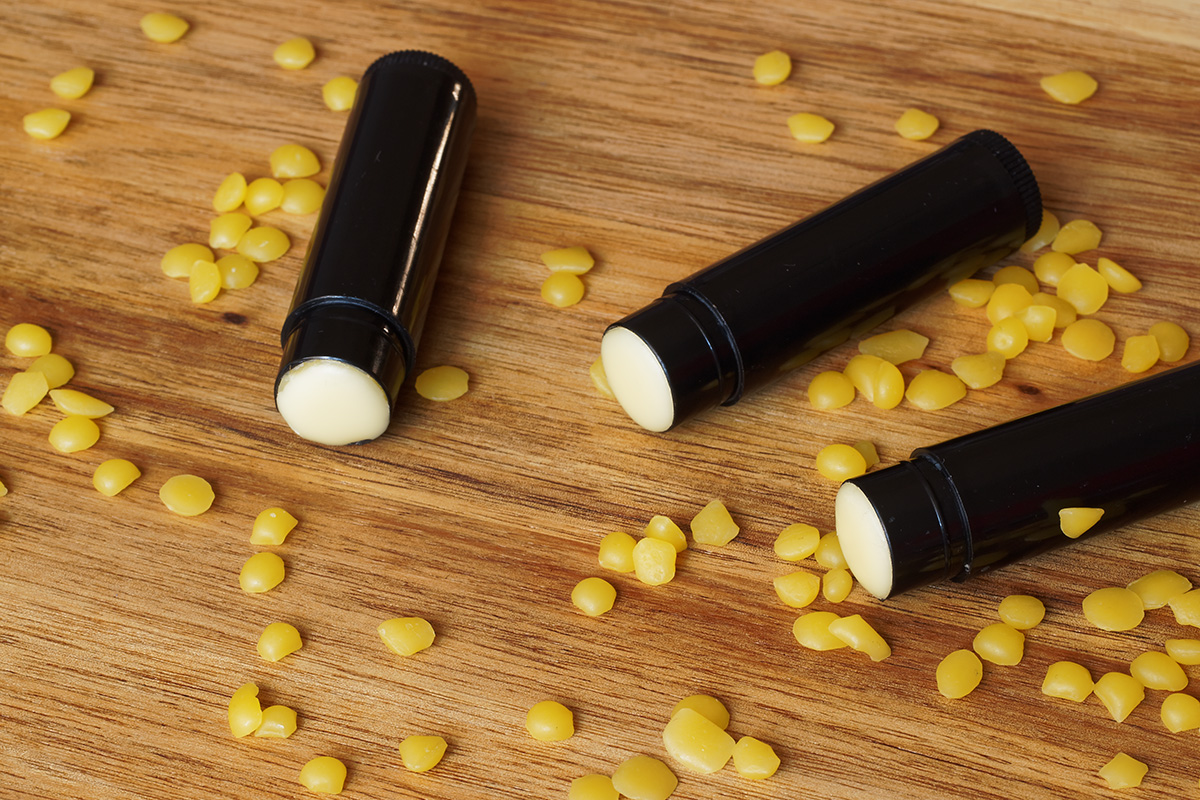 This is the first in our series of lip balm recipes and probably the simplest DIY skin care product you can make. A real 5-minutes-recipe containing only two ingredients - equal proportions of coconut oil and beeswax. While any other oil mixed with 50% beeswax only turns into a brick-hard unusable mass, coconut oil and beeswax together becomes a lovely softening and protecting lip balm that stays on the lips for a very long time without getting sticky or making your lips look white and lifeless. A lip balm that also works great for Him since it is completely free from shine.
This is the first in our series of lip balm recipes and probably the simplest DIY skin care product you can make. A real 5-minutes-recipe containing only two ingredients - equal proportions of coconut oil and beeswax. While any other oil mixed with 50% beeswax only turns into a brick-hard unusable mass, coconut oil and beeswax together becomes a lovely softening and protecting lip balm that stays on the lips for a very long time without getting sticky or making your lips look white and lifeless. A lip balm that also works great for Him since it is completely free from shine. 
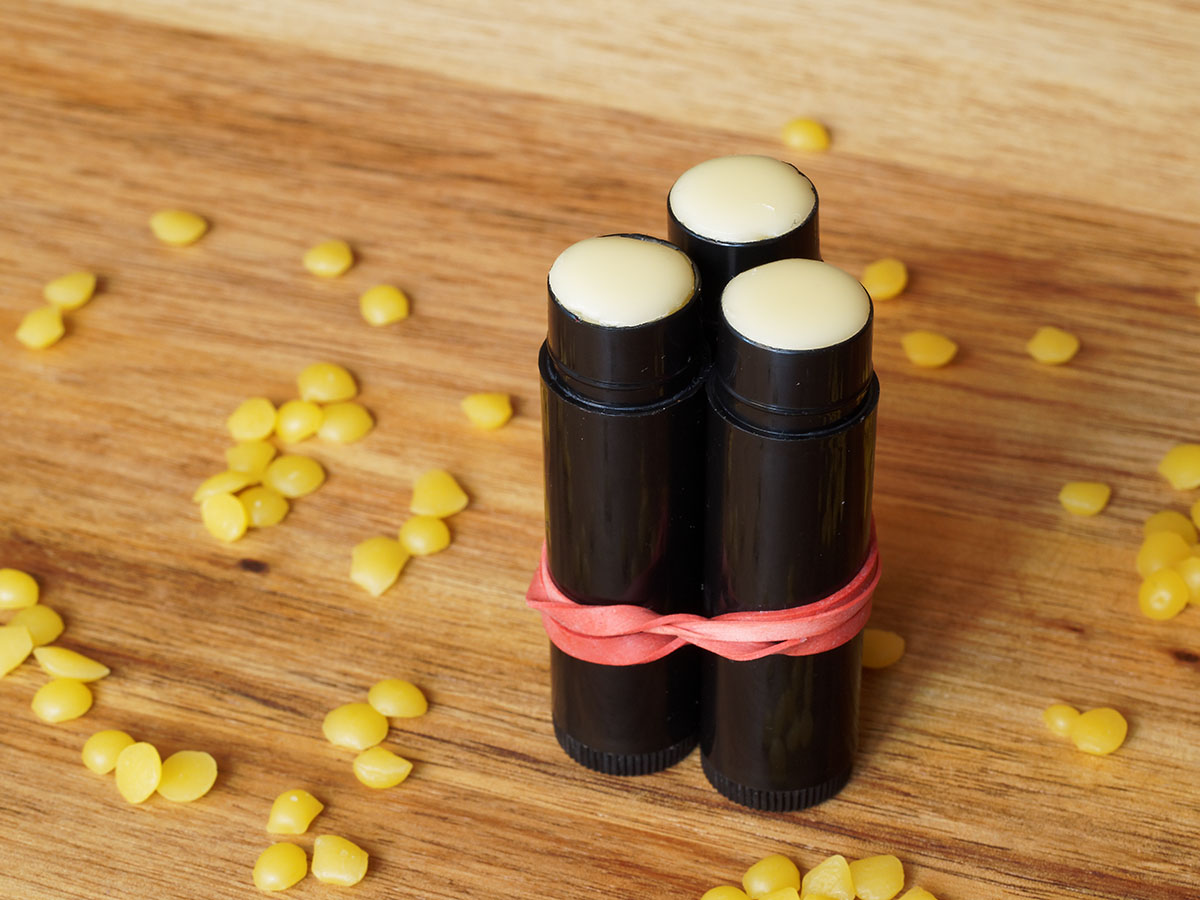
 Ever since we wrote
Ever since we wrote




 To get out early in the morning, just before sunrise and go for a walk, just you and your camera and to capture the first rays of the sun breaking through the mist when everyone else is rushing to work. That is luxury. Just the other day I did just that, to take pictures of Grenoble in morning light, the city that I live in since 6 years now. During the autumn, the mist covers the city like a soft blanket that slowly disappears during the late morning hours. I walked up to the old fort, La Bastille, to get a view of the whole town and the surrounding mountain chains, just as the sun climbed over the mountain tops illuminating the mist with a wonderfully soft golden light. What a reward. Only for me and a handful joggers while everyone else was stuck in trafic.
To get out early in the morning, just before sunrise and go for a walk, just you and your camera and to capture the first rays of the sun breaking through the mist when everyone else is rushing to work. That is luxury. Just the other day I did just that, to take pictures of Grenoble in morning light, the city that I live in since 6 years now. During the autumn, the mist covers the city like a soft blanket that slowly disappears during the late morning hours. I walked up to the old fort, La Bastille, to get a view of the whole town and the surrounding mountain chains, just as the sun climbed over the mountain tops illuminating the mist with a wonderfully soft golden light. What a reward. Only for me and a handful joggers while everyone else was stuck in trafic.
















